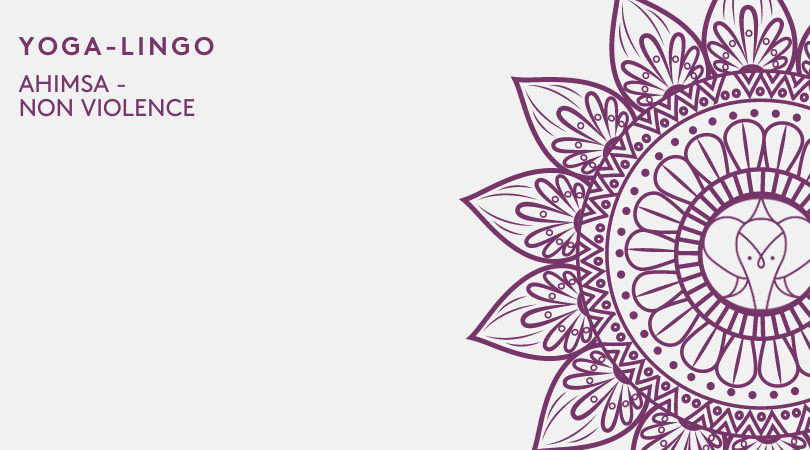Dandayamana Bibhaktapada Paschimotthanasana
Standing Separate Leg Stretching Pose
This is the 9th pose practiced in Bikram Yoga. It is also known as Dandayamana bibhaktapada paschimotthanasana in Sanskrit. It is a partial inversion pose that is known to have many physical as well as mental benefits. It enhances circulation and stimulates the internal organs and organs of the chest. It also stretches the entire body and enhances flexibility.
Step by Step
Step 1: start by standing with your feet close together and hands to your side. Put your legs more than shoulder-width apart. Your legs should now form an inverted V shape.
Step 2: Raise your arms and spread them sideways out straight. You will look like you are pretending to be an airplane.
Step 3: keep your knees locked in position and move your hips slightly backwards so that you feel a little arch form above your buttocks. This should make your hamstrings stretch.
Step 4: with your feet firmly on the ground, start lowering your torso slowly towards the floor. Keep your neck, head, and spine in one straight line as you lower down.
Step 5: with your torso as low as you can bring it, put your arms underneath the heels of your feet. Pull the heels upwards so that you give your whole body a nice stretch.
Step 6: Hold the position for the set time and then release. To release, remove your feet from under the heels of your feet. Spread them out again to the sides and raise your torso upwards to get back to the standing position.
Modifications
The pose can be modified to suit the level of the yogi. For beginners instead of placing your hands underneath the heels, you can just place them on the heels at the back of your feet.
If this is not an option place them just anywhere on your feet or just try to touch your feet with the tips of your fingers. With continued practice, your flexibility will improve and you can perform it to the maximum position.
Preparatory Poses
Prasarita padottanasana, Adho mukha svanasana, Supta baddha konasana, Uttanasana
Follow Up Poses
Baddha konasana, Bakasana, Sirsasana, Paschimottanasana
Benefits
Stretches the back and the spine
Stretches and strengthens the lower back
Stretches and strengthens the leg muscles (hamstrings especially)
Stretches the arms
Stimulates the abdominal organs
Stretches and improves the flexibility of the ankles and hip joints
Bandha
Mula bandha, Addiyana bandha
Drishti
Tip of nose (forward)
Variations
For the experienced yogis you can make the pose more challenging by going all the way down so that your head touches the ground. Usually, the pose is at the maximum when the torso has been lowered to the position where it is almost tucked in between the thighs.
For this variation, you will have to take a wider stance and go really low so that your head reaches the floor. Do not however compromise the form of the pose.
Traditions
Performed as the 9th asana of the 26 Bikram poses.
Pose Type
Forward bend, standing pose, Inversion
Beginner Tips
- When your torso is completely lowered shift your weight to the toes of your feet while still maintaining your balance. This will ensure that your whole body is engaged.
- As a beginner, you might not be able to reach the maximum desired position. Only lower yourself to the most challenging position and eventually, you will be able to go to the maximum position as flexibility increases.
- If you have tight hamstrings bend your knees put your hands on the floor in front of you, lift hips up try to straighten as much as possible, chest forward and chin away from chest to straighten back.









